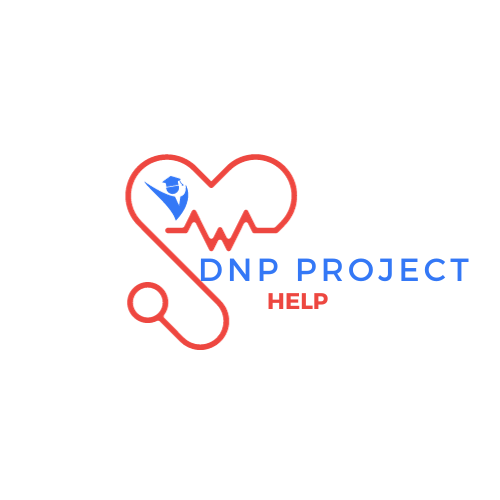
Case Study 1
Jeanette James, age 52, developed acute flank pain that came and went in waves. It became so intense that she was pacing the floor and moaning. Her husband drove her to the emergency department, where her laboratory tests showed a small amount of hematuria and a slight increase in WBC in her blood. Her pain rating was a 9 on a scale from 1 to 10 (with 10 being the highest). Ms. James was given intravenous morphine and passed several small stones in her urine during the next few hours.
Table of Contents
Answer the following questions about Ms. James’s situation to increase your understanding of nephrolithiasis.
- What is the two-word technical term for kidney stones?
- What caused the pain that sent Ms. James to the emergency department?
- What adverse effects could arise if a renal calculus completely blocks a ureter? Why?
- Why is it important for Ms. James to learn to increase her fluid intake to 8 to 10 glasses of fluid per day?
Case Study 2
Jessica Peyton, age 4, began wetting her bed again after being dry at night for the past 3 months. She cried when she urinated and was crabby and lethargic. Jessica’s mother had seen these signs before and recognized them as manifestations of yet another urinary tract infection. She took Jessica to a pediatric nurse practitioner who had just opened an office nearby. After taking a thorough health history, the nurse practitioner obtained a urine sample, diagnosed cystitis, and prescribed an antibiotic. She also referred Jessica to a urologist, who discovered that Jessica has vesicoureteral reflux.
- Why would a urinary tract infection cause Jessica to develop nocturnal enuresis?
- Why did the nurse practitioner suspect that Jessica had vesicoureteral reflux?
- Explain what vesicoureteral reflux is.
- Why does vesicoureteral reflux predispose to urinary tract infection?


